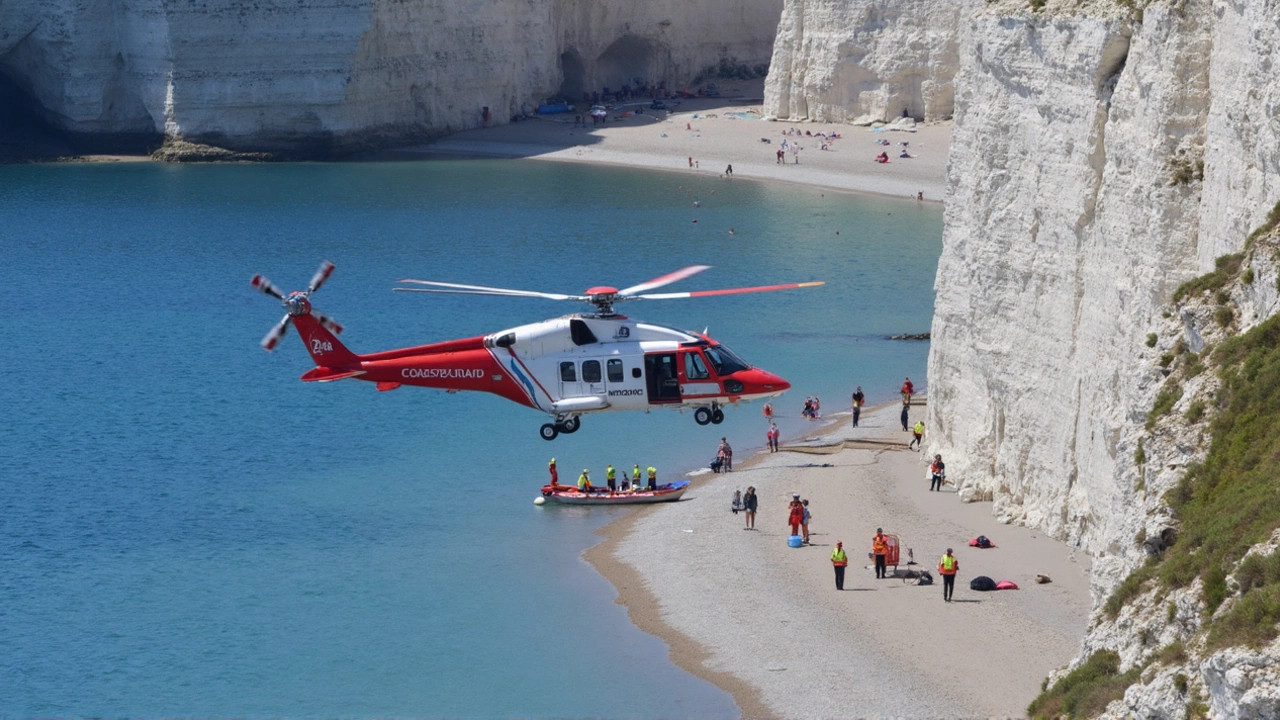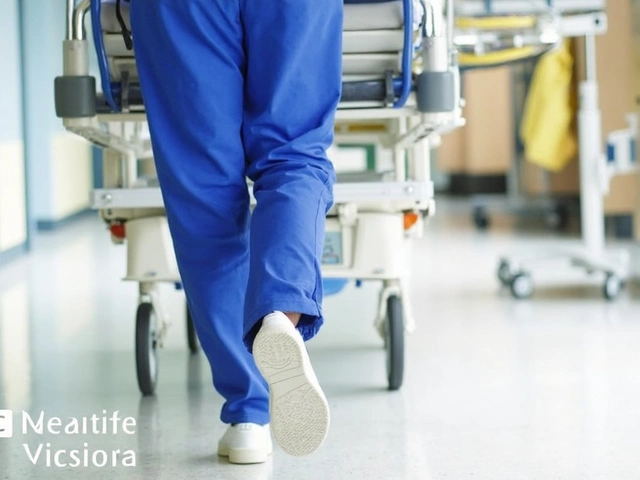Emergency Services: What They Do, How They Help, and Why You Should Know
Whenever something goes wrong – a fire, a car crash, a medical emergency – you want help fast. That’s where emergency services step in. They’re the police, fire crews, ambulances and rescue teams that show up the moment you dial 999 (or 112 in many countries). Knowing how they work can save lives, and it’s easier than you think.
What Emergency Services Actually Do
First responders aren’t just people in uniforms. They’re trained to assess a scene, keep people safe, and start the right treatment. Police officers secure the area, direct traffic, and gather information for investigators. Firefighters tackle flames, rescue trapped occupants, and even handle hazardous material spills. Ambulance crews provide on‑the‑spot medical care and transport patients to hospitals.
Take the recent F‑35 crash in Alaska. Within minutes, air‑rescue teams, fire crews and medics were on the scene, pulling the pilot out safely and securing the wreckage. That rapid coordination shows how each service brings a specific skill set to a crisis.
Many emergencies also need specialist help. Water rescue teams pull swimmers from flooded rivers, while mountain rescue units navigate rugged terrain to find hikers. In urban areas, bomb squads safely defuse suspicious devices, and cyber‑security teams protect critical infrastructure from digital attacks.
How You Can Support and Stay Safe
Knowing the basics can make a huge difference. First, keep your phone charged and store emergency numbers where you can reach them quickly. When you call, stay calm, give your exact location, describe the problem and follow any instructions the dispatcher gives.
If you’re waiting for help, move away from danger if it’s safe to do so. For fires, get low to avoid smoke, and use a wet cloth to cover your nose and mouth. In a medical emergency, apply basic first aid – stop bleeding with pressure, start CPR if the person isn’t breathing, and keep the person warm.
Volunteering is another way to give back. Many fire departments run community‑first‑responder programs that let citizens train in CPR, AED use and basic rescue skills. Even a few hours of training can turn you into a valuable extra pair of hands during a real incident.
Technology is changing the game, too. Apps now let you share your location with responders, and some areas have smart‑city sensors that alert services to accidents before anyone calls. Staying informed about local apps and alerts keeps you a step ahead.
Finally, remember that emergency services rely on clear communication. Don’t block a fire engine’s path, avoid flashing lights or sirens, and give police officers space to do their job. A little respect goes a long way in keeping everyone safe.Emergency services are there for you, but they work best when the public knows what to expect and how to act. Keep these tips in mind, stay aware of local resources, and you’ll be better prepared the next time something unexpected happens.

A woman in her 30s died at a busy beach during the year's hottest day as emergency crews rushed to help. Authorities are investigating if extreme heat was a factor and urge caution during ongoing high temperatures. The incident highlights rising health risks during heatwaves.
Continue Reading





